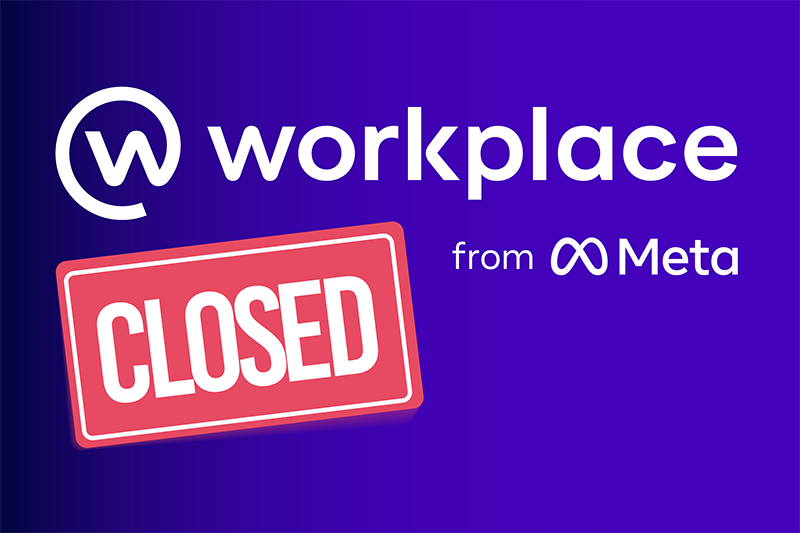- Nouha Blagui
- April 13, 2021
Content strategy: how to build, manage, and measure content in your digital workplace

Content
1. Content strategy: what is it and why is it important?
2. Building your content strategy
Topics: After outlining all the available resources to support your strategy (for example, documents, videos, texts, articles, tutorials, and whitepapers), you should decide on the topics. Ask yourself if you’ll be publishing company related news in the form of an employer branding video or blog post. Or will it be curated content from your industry? Professional and networking events for small business owners in your area? Educational content? Or a mixture of all of these?
3. Managing content in your digital workplace
Start by forming your content team. This team should include content creators, experts in your industry who can go deeply into the details, and content managers who will coordinate your creators and your experts, choose the topics and the publication frequency, and keep track of the whole process. It also helps to have people who will audit, check for AI content either with tools like Attrock AI Content Detector or manually, and evaluate your content as your strategy evolves, and who will analyse what works best (more on that later).
You should also work on a content calendar so you can concentrate on the operational and tactical details needed to execute your strategy. The calendar will include all the elements mentioned above, such as: who will create and publish the content? How often do you want to publish in those spaces? What content will be published where? Who are your content owners? Does your content need management or approval? What are the deadlines for content completion?
Pay attention also to your content policies and procedures. You should ensure that users are applying your organisation’s brand image across your digital workplace, provide your creators with content templates in order for them to produce consistent content, So that readers can easily scan and consume information, publish procedures for adding new pages or spaces in order to avoid unnecessary or duplicated content.
4. Measuring the success of your content
Measuring the success of your content will indicate which types perform best and help identify opportunities to fill any gaps, aligning with the latest content marketing trends.

FREE WHITE PAPER
Types of Digital workplace solutions
The modern workplace has evolved significantly in recent years, with advancements in technology, the growing number of tools …
FAQs
What is a digital workplace?
- An evolution of the intranet
- A user centric digital experience
How to launch an effective Digital Workplace?
- Understand users’ needs
- Identify your digital workplace ambassadors
- Build the digital workplace brand
- Training and onboarding
- Plan the big day
How do you secure your Digital Workplace?
- Develop a cybersecurity policy
- Continuous training
- Control access to information
- Be sure to update regularly
What is a Digital Workplace Content Strategy?
Why Digital Workplace Content is so important?
How to Build a Content Strategy in your digital workplace?
How to Manage content in your digital workplace?
- Start by forming your content team.
- You should also work on a content calendar
How do you measure the success of content in your digital workplace?
- Tags: Digital workplace, Tips & Tricks
Related posts
- All
- eXo
- Digital workplace
- Employee engagement
- Open source
- Future of work
- Internal communication
- Collaboration
- News
- intranet
- workplace
- Knowledge management
- Employee experience
- Employee productivity
- onboarding
- Employee recognition
- Change management
- Cartoon
- Digital transformation
- Infographic
- Remote work
- Industry trends
- Product News
- Thought leadership
- Tips & Tricks
- Tutorial
- Uncategorized
Leave a Reply
( Your e-mail address will not be published)


